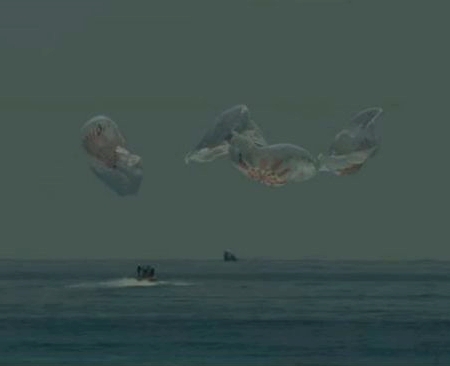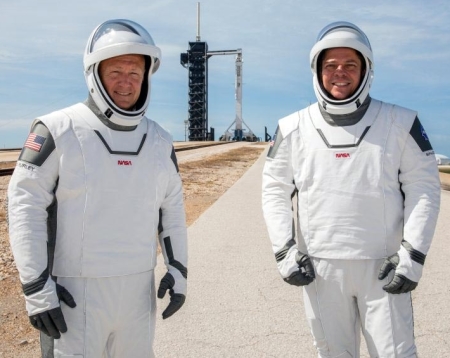NASA offers public chance to experience next manned mission virtually
NASA is now offering the general public the opportunity to virtually experience the next manned Dragon flight to ISS, set to launch on November 14th.
“Members of the public can attend the launch virtually, receiving mission updates and opportunities normally reserved for on-site guests,” NASA officials wrote in a statement on Tuesday (Nov. 3). “NASA’s virtual launch experience for Crew-1 includes curated launch resources, a digital boarding pass, notifications about NASA social interactions and the opportunity for a virtual launch passport stamp following a successful launch,” the agency added.
While much of this will be fun to do, much of it is also pure hype, designed to sell NASA to the public, even though the mission is being launched and run almost entirely by the private commercial company SpaceX, not NASA.
NASA is now offering the general public the opportunity to virtually experience the next manned Dragon flight to ISS, set to launch on November 14th.
“Members of the public can attend the launch virtually, receiving mission updates and opportunities normally reserved for on-site guests,” NASA officials wrote in a statement on Tuesday (Nov. 3). “NASA’s virtual launch experience for Crew-1 includes curated launch resources, a digital boarding pass, notifications about NASA social interactions and the opportunity for a virtual launch passport stamp following a successful launch,” the agency added.
While much of this will be fun to do, much of it is also pure hype, designed to sell NASA to the public, even though the mission is being launched and run almost entirely by the private commercial company SpaceX, not NASA.


